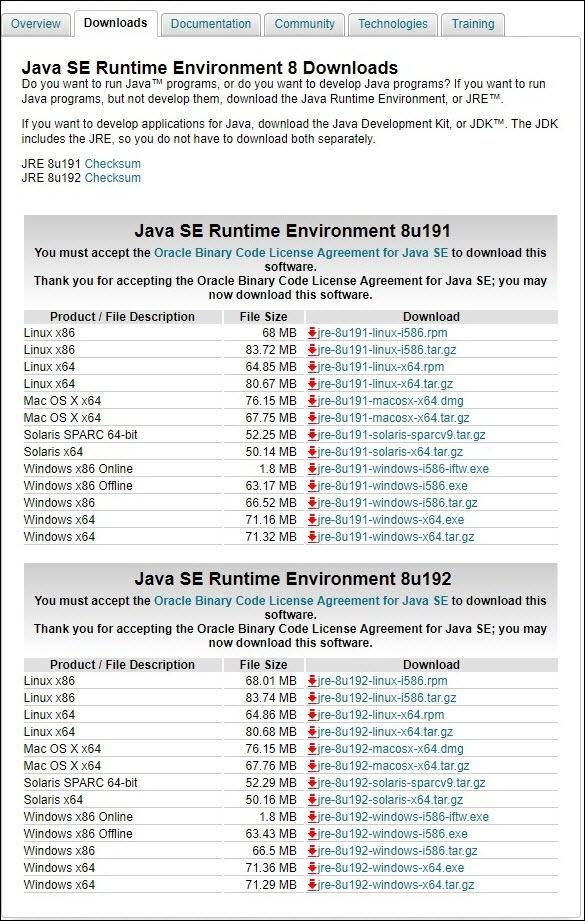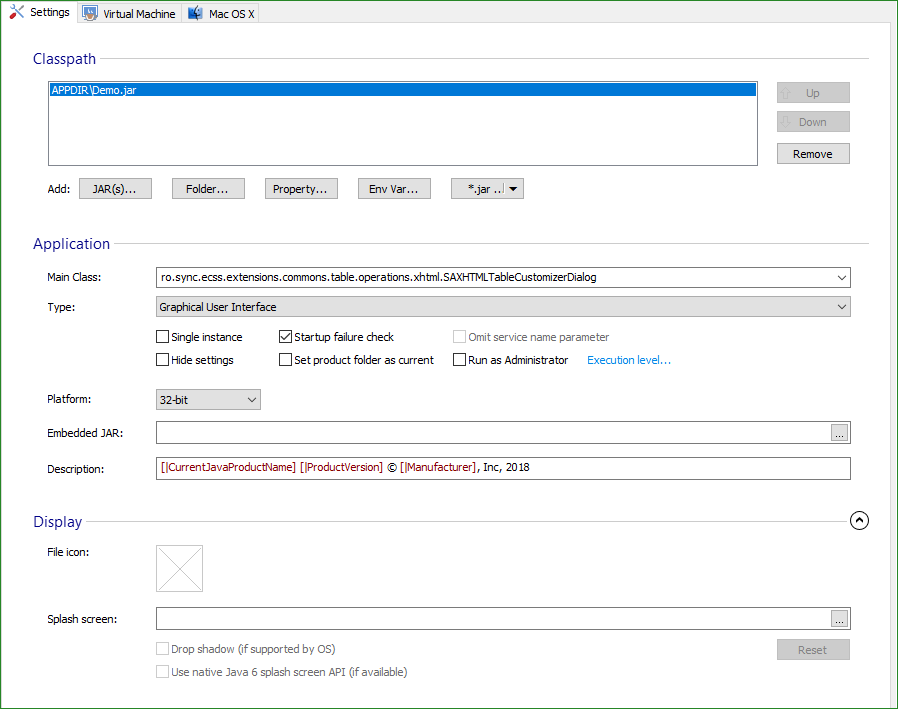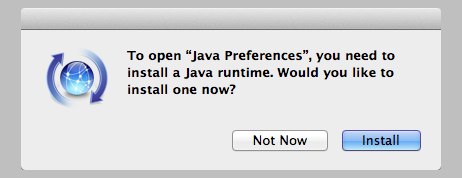
Open your Applications folder, and then open the eclipse folder. If you don't see Applications, then open a new window for Applications (from the Finder, command-shift-A), and drag the eclipse folder into Applications. When you open your Downloads folder, if you see Applications under the Favorites on the left side of the window, you should drag the eclipse folder into Applications. When that's done, you should see a folder named eclipse in your Downloads folder.

You should not feel compelled to donate.Īfter the download completes, folders should automatically expand. If asked, click on "Open with Archive Utility (default)" and then click OK. Then type java -version command, you should see the following output: That means you have successfully installed OpenJDK on your Mac.Click on the yellow download button. zshrc file.Quit the terminal and start a new session. NOTE: If you’re using Bash shell, create the. zshrc file is run whenever a new terminal session is initialized, which sets JAVA_HOME and update PATH environment variables. In the terminal, type the following command to create the Z-Shell resource file:Įxport JAVA_HOME=$HOME/jdk-17.0.1.jdk/Contents/HomeĮxport PATH=$JAVA_HOME/bin:$PATHPress Control + D to save the file. Install OpenJDK 17 on macOSNext, you need to set JAVA_HOME and update PATH environment variables so other Java programs and tools could find JDK. Explore the extracted directory, and you will see the Java home folder would be $HOME/OpenJDK/jdk-17.0.1.jdk/Contents/HomeĢ. Tar -xf -C $HOME/OpenJDKThis unzips the archive file to the directory OpenJDK in your user home directory. tar.gz to a directory on your computer, either using context menu provided by macOS (right click on the file, Open with > Archive Utility) or using the following command in a terminal session: If both are identical, you can safely install the archive file.Then extract the downloaded file. Then open a new terminal window, and type the following command: shasum -a 256 the checksum value printed by the shasum command with the value published by the website.


Download binary distribution of OpenJDK 17 for macOSVisit the official download page of OpenJDK 17 at, and click on the download link for macOS/圆4 if your computer running on Intel’s CPU, or choose macOS/AArch64 for Apple’s CPU: It’s strongly recommend to verify SHA256 checksum of the downloaded file against the value published on the website (click the corresponding link sha256). And JDK 17 is the latest Long Term Release (LTS) of Java SE platform, as of January 2022.

The same steps may be applied for any Unix operating systems.You know, OpenJDK is a production-ready, open-source distribution of JDK. In this article, I’d like to share with you the steps for downloading and installing Java Development Kit (JDK) with OpenJDK 17 on macOS.


 0 kommentar(er)
0 kommentar(er)
